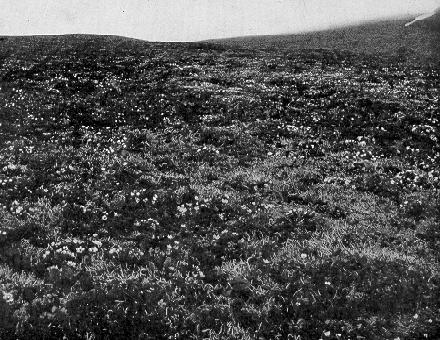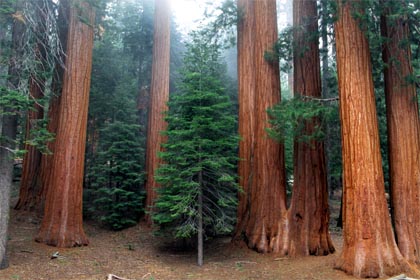1a. Translate ocean into Chinese or Korean.
大洋。
1b. Which Canadian province is closest to the Pacific Ocean?
British Columbia .
1c. Which Canadian provinces is closest to the Atlantic Ocean?
Newfoundland , St.John's , P.E.I. , New Brunswick
2. Find a picture of the Pacific Ocean you like. Explain why you like it in 3-5 sentences.

The white waves go to the coast again and again . Cliff stands beside the ocean . The sky is gray and deep-blue ocean lies under the sky . It's a little oppressive , but also magnificent .
3. Find a picture of the Atlantic Ocean you like. Explain why you like it.in 3-5 sentences.

This is a map of Atlantic Ocean . It shows the location of the ocean in the world . Atlantic Ocean abuts lots of continents , like Europe , Africa , America ... And it also has a huge square .
4. Why would the Interior Plains region's climate be affected by the ocean. What does the ocean do for the climate? Explain in 5-8 sentences. Look at your past lesson.
The ocean current can affect the climate . Currents is according the seawater's change . If it changes , it can bring warm or cold air to the land , and affect the climate of lands . When it brings warm air , the climate may be hot and wet . When it brings cold air , the climate may be cold and dry , no rains but wind .
5. What continent is the Interior Plains region on? Explain in 3-5 sentences.
Continent...?Of course Canada and it's in North America...see the world map and can find it easily . It's also in the west part of Canada .
6. Where is the Interior Plains region on this continent? What provinces are in this region?
In the Yukon Territory, Northwest Territories, British Columbia, Alberta, Saskatchewan and Manitoba .
7. What did you learn today?
The climate of the Interior Plains . It's continent climate . And the location of this region .

















































